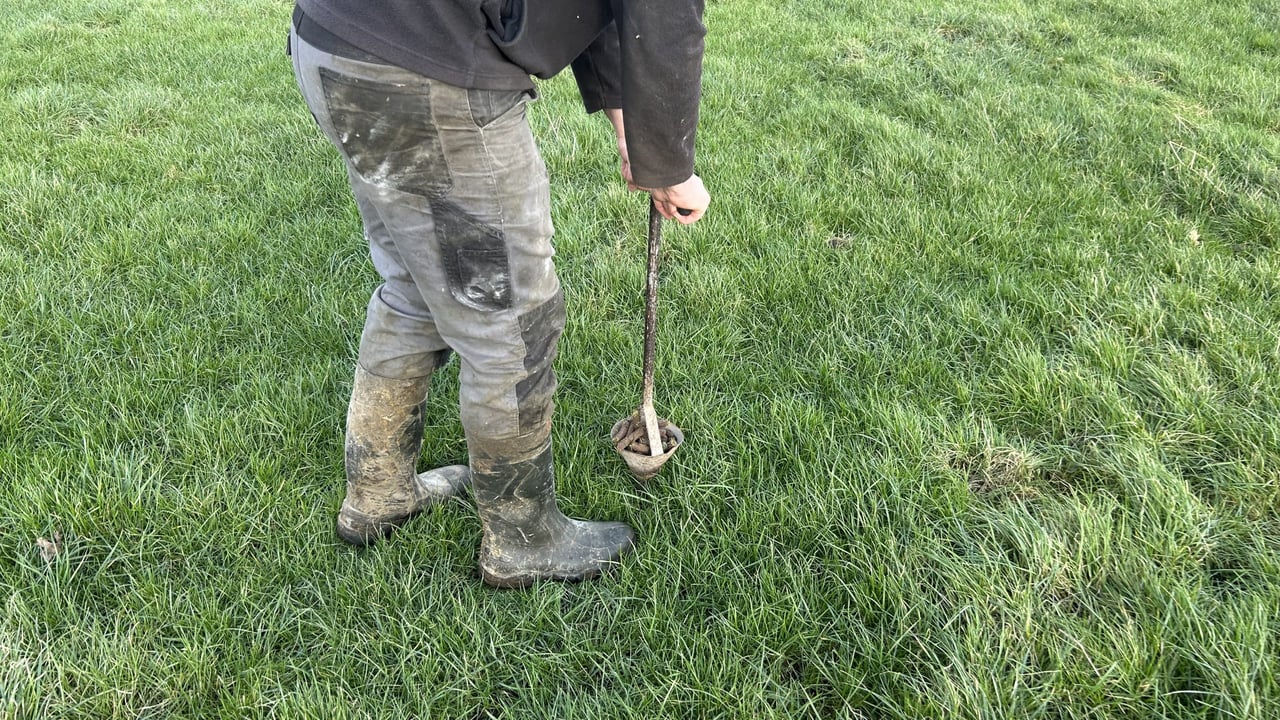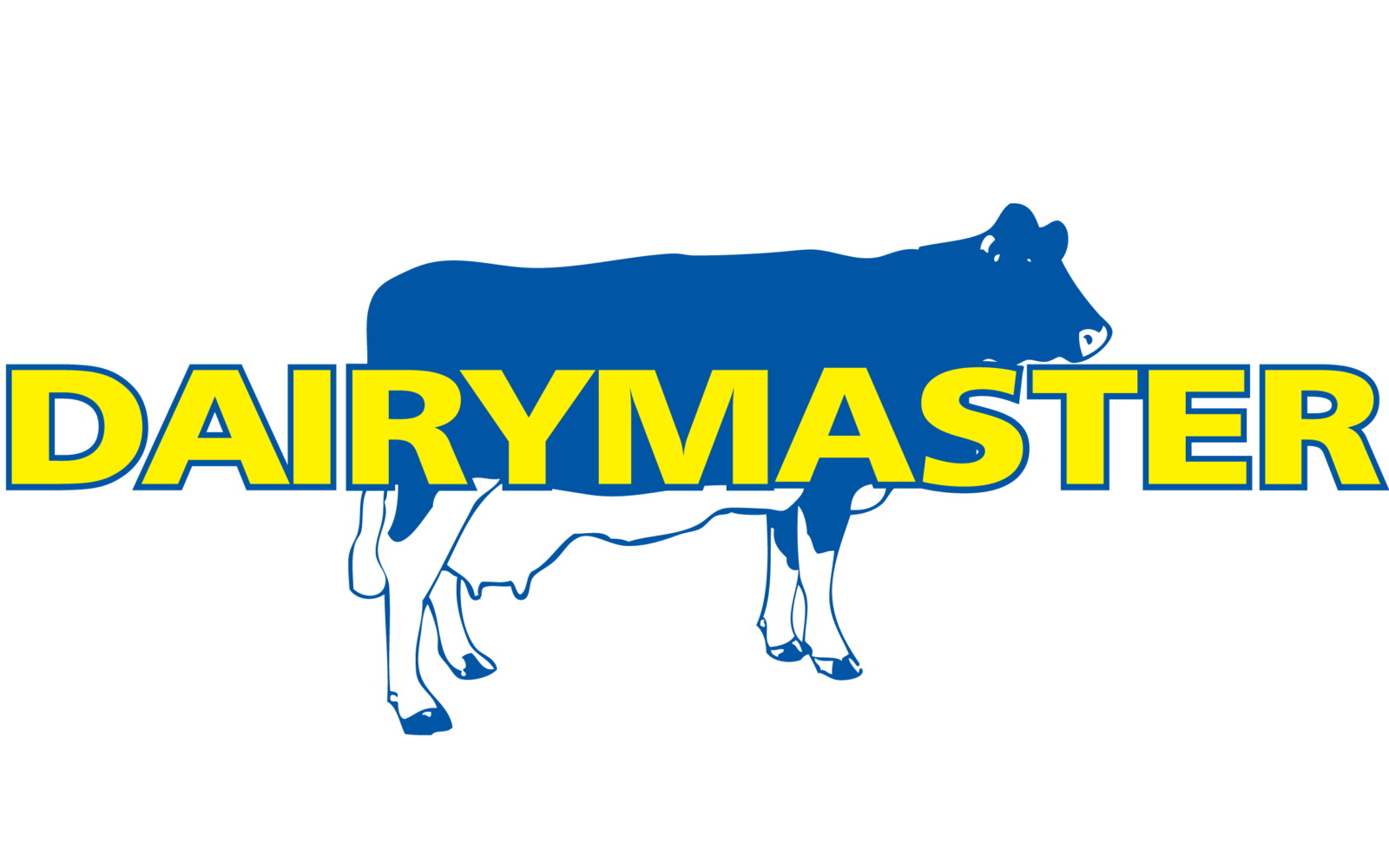Still time to soil sample silage ground before nutrient application
Many farmers might already have gotten out slurry on their silage ground, however if you have not started, a soil sample may have to be collected before nutrients are applied.
Farmers should be aware that any soil samples taken before September 14, 2021 are now out of date and these areas of ground will need to be soil sampled again.
According to the Department of Agriculture, Food and the Marine’s (DAFM’s) Nitrates Explanatory Handbook for Good Agricultural Practice for the Protection of Waters Regulations 2022, soil samples must be taken per the regulations, with one sample valid for every 4ha.
These soil samples are valid for four years, which means that farmers may have to update them in the next couple of days, ideally before nutrients are applied, in order to get an accurate measure.
All farmers participating in the Agri-Climate Rural Environment Scheme (ACRES) are required to have soil samples,
As well as this, from January 1, 2023, all farmers above a grassland stocking rate of 130 kg N/ha must take soil samples, while all arable land sown must also take soil samples.
Where soil samples are not taken, Index 4 for Phosphorus (P) will be assumed.
Farmers are set to get a lot of their slurry out on silage ground in the coming weeks, prioritising low phosphorus (P) and potassium (K) paddocks, as well as drier ground on the milking platform early in the spring.
However, it is essential for farmers to understand what the fertility status of their silage ground is in term of soil pH, soil P status, and soil K status. This will allow for targeted application of slurry or fertiliser.
If soil pH is low, lime may need to be applied on the ground, and should be done at least 10 days after slurry application.
However, a plan should be put in place with your advisor on whether it is best to get lime out now, as it is recommended to wait three months before spreading fertiliser and slurry once lime has been spread.
This means time can get tight in regards to getting fertiliser out six weeks in advance of the silage cutting date. If lime is something that needs to applied, discuss with your advisor, and act quickly so that silage cutting date is not affected.
Ground limestone should only be applied on silage fields in the autumn or three months before the silage is cut. Lime particles present on grass plants may inhibit the ensiling process due to their alkaline properties.
However, in terms of slurry application, when soil sample results are back, low P and K fields should be targeted at a rate of 2,500gals/ac with cattle slurry,
Muriate of potash (MOP) which is a compound containing 50% potassium, and is the cheapest fertiliser, may need to be applied after slurry application. You could also use 18:6:12 for your silage ground, depending on your phosphorus allowance for 2025.
A good understanding of the levels of nutrients in your soil can make a farmer’s life a lot simpler when improving soil fertility and can potentially increase grass production by up to 25%.
Knowing the soil fertility of each paddock is the starting point for controlling your fertiliser costs, which is crucial, considering the cost and the need to control water quality in 2025.
The following is a handy checklist on how to collect soil samples:
- Collect soil samples at the right time of the year;
- The area sampled should be 2-4ha;
- Use a suitable soil corer;
- Sampling depth should be top 10cm of soil;
- Take 20 cores/samples in a ‘W’ shape, ideally;
- Wait three to six months after P and K applications;
- Leave a gap of two years after lime is applied.
A soil sample will only cost approximately €1.23/ha/year and is the most crucial step in getting the absolute best out of your land during the grazing season and helps to ensure a number of quality cuts of silage for winter supplies.





